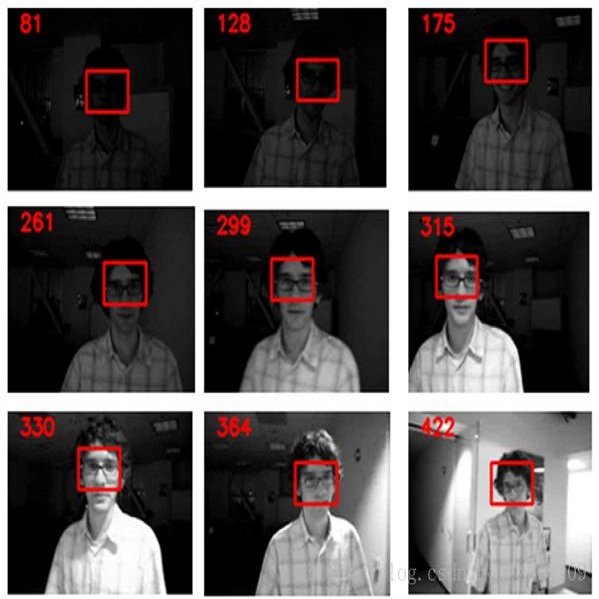Multi-Object Tracking (MOT) is most often approached in the tracking-by-detection paradigm, where object detections are associated through time. The association step naturally leads to discrete optimization problems. As these optimization problems are often NP-hard, they can only be solved exactly for small instances on current hardware. Adiabatic quantum computing (AQC) offers a solution for this, as it has the potential to provide a considerable speedup on a range of NP-hard optimization problems in the near future. However, current MOT formulations are unsuitable for quantum computing due to their scaling properties. In this work, we therefore propose the first MOT formulation designed to be solved with AQC. We employ an Ising model that represents the quantum mechanical system implemented on the AQC. We show that our approach is competitive compared with state-of-the-art optimization-based approaches, even when using of-the-shelf integer programming solvers. Finally, we demonstrate that our MOT problem is already solvable on the current generation of real quantum computers for small examples, and analyze the properties of the measured solutions.
翻译:多对象跟踪(MOT) 通常在跟踪逐次检测模式中处理, 物体探测是长期关联的。 关联步骤自然导致离散优化问题。 由于这些优化问题往往是NP- 硬的, 只能对当前硬件的小型情况予以解决。 半径量子计算( AQC) 提供了解决这一问题的解决方案, 因为它有可能在不久的将来为一系列NP- 硬性优化问题提供相当的快速化。 然而, 当前的MOT 配方由于其缩放性能, 不适合量子计算。 因此, 我们在此工作中提出第一个设计与 AQC 一起解决的MOT 配方。 我们使用一个代表在 AQC 上实施的量子机械系统的ISing 模型。 我们表明,我们的方法与以最新工艺为基础的优化方法相比是竞争性的, 即使使用现成的整数编程求解器。 最后, 我们证明, 我们的MOT问题在目前一代真实量子计算机上已经可以溶解, 用于小的例子, 并分析测量解决方案的特性 。


